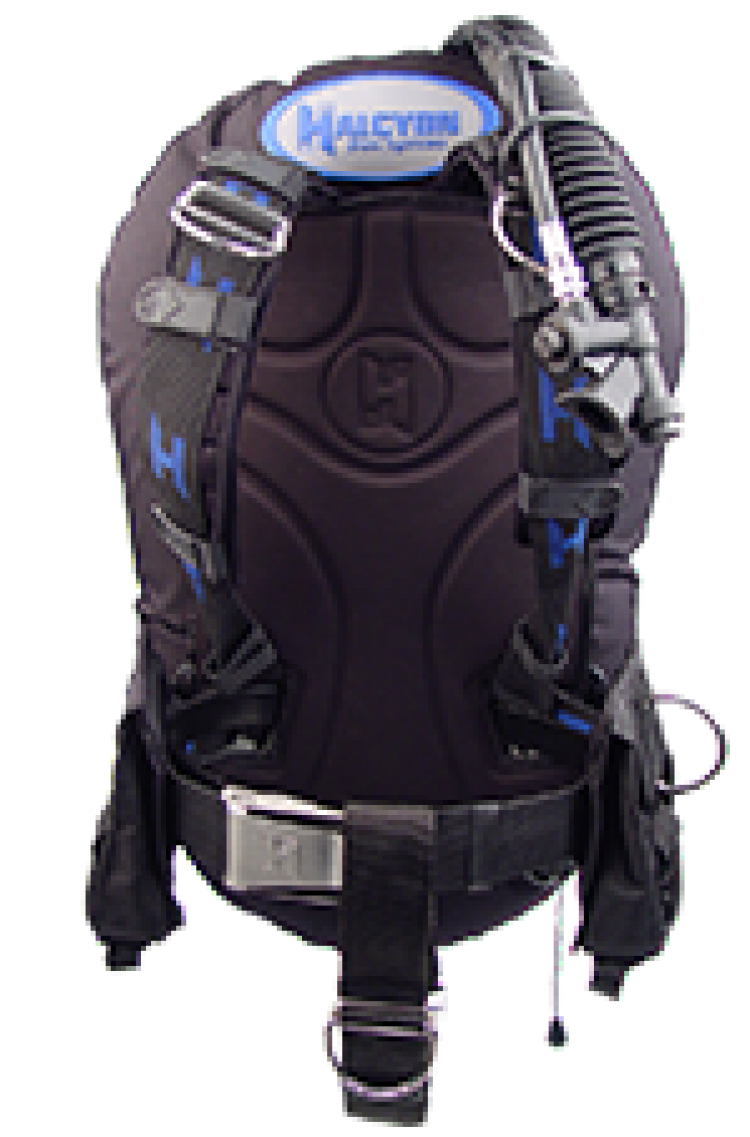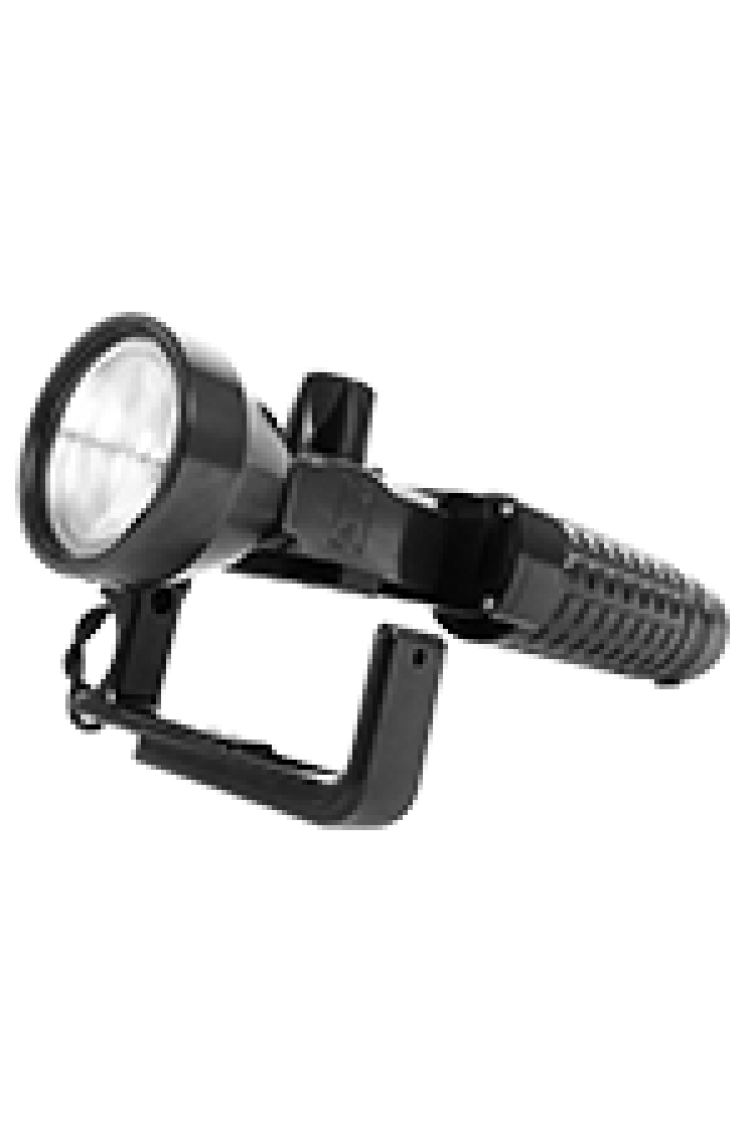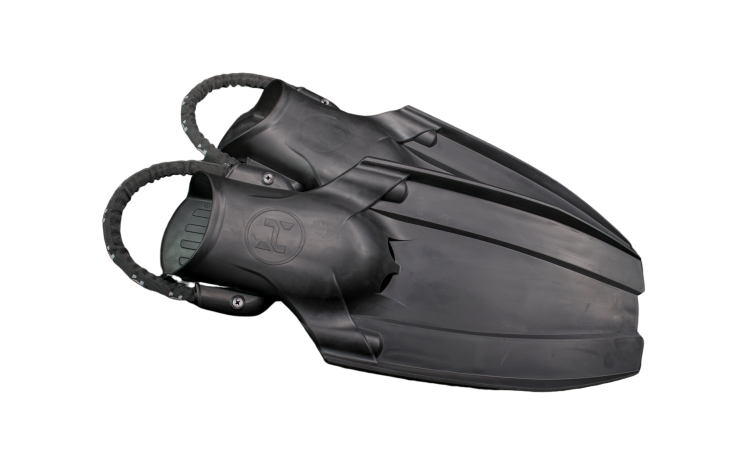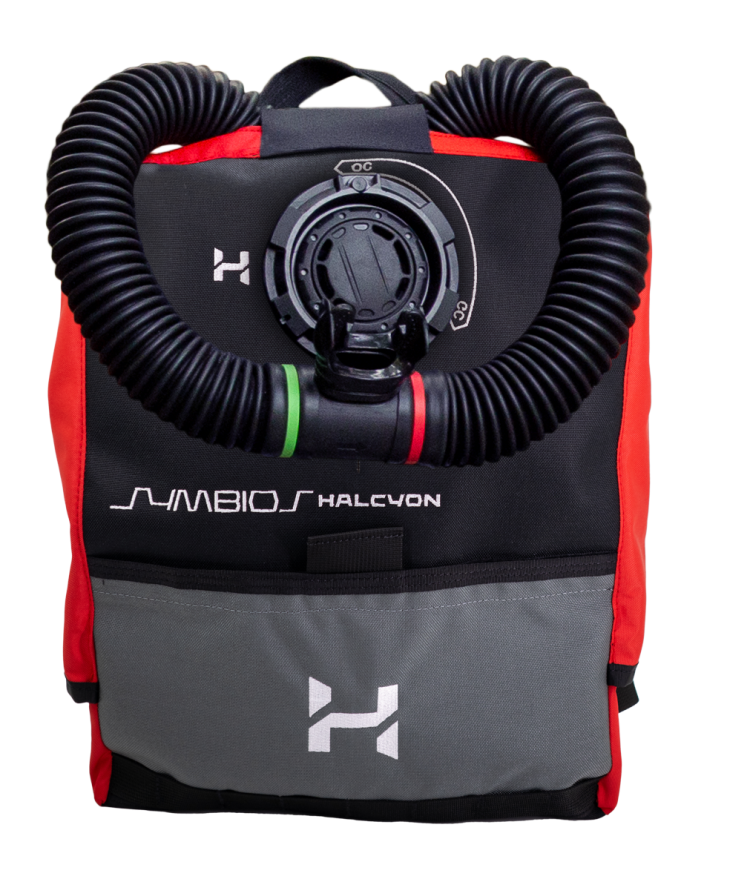





In recent years, the sport of recreational scuba diving has drawn people of all backgrounds, lifestyles, and, as it relates to this article, shapes & sizes. Divers are brought together through a common interest in exploring the underwater world. The sport offers a little bit of everything for everyone, from peace & tranquility to equipment-focused & technical diving. Divers can express themselves artistically through underwater photography or challenge themselves through project-oriented diving activities. The bottom line is, your diving is unique, and when your diving is unique, your equipment should be too.
The good news is, Halcyon Dive Systems offers dozens of possible wing and backplate combinations to ensure you get the right system for your unique style of diving. Having so many options to choose from can be somewhat overwhelming, so we've put together some considerations to take into account when configuring your wing and backplate system.
A Balanced System
With so many options come many decisions and this can be overwhelming. The flavor of the month trends tend to be seductive but remember, when it comes to scuba diving, safety should always be the highest priority. When considering which BC System is right for you and your diving, we recommend that you make choices that yield what we refer to as a "balanced" scuba setup. To establish a balanced system, you need to plan for two extremes. The first scenario occurs at the start of the dive, at the deepest point when your system is the heaviest with full tanks and your exposure protection is compressed, and therefore the least buoyant. The second takes place at the end of your dive, at your last stop, sometimes referred to as a safety stop, when your tanks are nearly empty. This is when your system is the lightest, and your exposure protection is the most buoyant because you are close to the surface. A balanced system will strike a balance between these two extremes by not only ensuring you can hold your last stop at the shallowest part of the dive, but that you can also kick the system to the surface from the deepest point of your dive, in the event of buoyancy failure, with full tanks.
To determine if your system is balanced, analyze your ditchable vs non-ditchable weight, which parts of your system change in buoyancy throughout the dive, and consider a redundant source of buoyancy, such as a dry suit. These considerations should be at the center of any decisions made regarding your wing and backplate system. You can’t be overweighted at the start and you need to have enough weight at the end: this means there is a “sweet spot” that you can find by combining different cylinders, backplate materials and wing sizes. Your Halcyon dealer should be able to help you with this as they will understand what a “balanced rig” truly is.
Backplate & Harness
One of the many great features of a backplate system is that the harness is 100% adjustable for you. The D-rings can be moved to virtually any place to ensure optimal position. Because the location of the “H’s” on the webbing is symmetrical, it’s also easy to adjust another Halcyon harness to fit you if you use someone else’s equipment or you travel and rent Halcyon equipment at another dive shop. Remember where your d-rings and buckles are in relation to the “H’s” and adjust accordingly. Adjusting a rented or borrowed backplate for different environments to the same size as your old one is a less than a five-minute job.
While the harness is 100% adjustable, divers tend to forget that the size of the actual backplate can be just as critical to overall fit and comfort as the harness.
Halcyon Dive Systems offers three different size backplates to choose from small, standard, and long. Your overall height does not necessarily impact the size of the backplate you should use, but rather the length of your torso. Tall individuals with short torsos can benefit from a small backplate just as much as a diver who is short overall. A properly fitting backplate will distribute the weight of your scuba system from your shoulders to your hips. When positioned at the correct height, the waist strap of the harness should rest above your hips, not on or below. This helps to more evenly distribute the weight of the scuba system and prevents long-term issues such as lower back pain. Individuals with longer torsos might struggle to reach their valve(s) and if so, may want to consider a long backplate.
You can also choose between multiple backplate materials: stainless steel, aluminum, and carbon fiber. The material of the backplate will impact the weight of your overall scuba system, with stainless steel being the heaviest and carbon fiber being the lightest. Lighter backplate options are not just for the benefit of traveling divers who want to reduce their luggage weight but can also contribute to a safer, more balanced BC system. While a heavier stainless steel backplate will reduce the amount of lead you need to carry, keep in mind that the weight from your backplate is not ditchable. If you are already diving with very little lead, heavy steel tanks, and/or a wetsuit that compresses at depth, you may want to consider a lighter backplate option to ensure your system is balanced.
Generally speaking, you will notice that stainless steel backplates are popular in cold saltwater diving locations whereas aluminum or carbon fiber backplates are more common in warm water or fresh water diving locations. That being said, we encourage you to use your own critical thinking and assess your own weighting to determine if your system is balanced and if you are unsure, discuss your thoughts with your Halcyon Dealer.
Exact backplate dimensions and weights are specified on the individual product pages here.
Wing
Choosing an appropriately sized wing is another component of the BC System that requires you to strike a balance. It may seem obvious that more lift is better; however, more surface area equals more drag in the water. More drag in the water means more impact from the current and also more work for you to propel and maneuver yourself. The harder you work to move through the water, the higher your exertion and the faster you consume your breathing gas. A larger wing used to compensate for too much ballast will also significantly affect your buoyancy control. The greater the volume of gas in your wing, the more your descents and ascents will be affected by simple physics. It also means your lungs' volume, which is easily adjusted during diving, will have a proportionally smaller effect on your buoyancy control. Keeping your wing volume to a manageable size will make your diving just that much more enjoyable.
Selecting the correct amount of lift for your wing also circles back to establishing a balanced system. You want to ensure that you have the appropriate amount of lift to float easily at the surface with full tanks plus whatever accessories you carry, such as additional cylinders, camera equipment, etc. While these items are technically ditchable in an emergency situation, it is important that you have sufficient lift to manage them easily in the water, again circling back to minimizing your exertion, reducing your gas consumption rate, and preventing potential issues with CO2 exposure (hypercapnia).
Many cold-water divers who use steel cylinders will prefer a single tank wing with 40 lbs of lift. Instructors or dive professionals who may be called upon to assist another diver also tend to sacrifice a bit of streamlining for a wing with a bit more lift. Divers using lighter overall systems and minimal weight already, commonly in warm water, will gravitate towards a wing with slightly less lift for a more streamlined system that also takes up less luggage real estate.
Various wing capacities and additional specifications can be found here.
Additional Considerations
Cinch or No-Cinch
Halcyon Dive Systems offers a Cinch™ Quick-adjust (patent pending) which facilitates precise and nearly instantaneous size adjustments with a simple push or pull of the webbing. With the Cinch™ Quick-adjust divers gain the advantages of a continuous single harness while also gaining the ability to adjust it for size. This is an excellent option for divers who have a limited range of motion in their shoulders or restrictive undergarments and struggle to don their scuba system. The Cinch™ Quick adjust allows the diver to loosen the shoulder straps for easier donning/removal of the scuba system and then cinch it to the desired fit. The patent-pending technology secures the webbing in place throughout the dive without sacrificing a secure fit. It takes a bit of practice to get the webbing even and in the same position for every dive; however, your local Halcyon Dealer will be able to give you some pointers in this area. Learn more about the Cinch™ Quick-adjust here.
Single Tank Adaptor
There are several Single Tank Adaptors ("STA's") to choose from for your scuba system. Weight inserts are also available for the standard STA. This is an ideal option for divers who want to reduce the amount of lead they carry in their ACB or trim weight pockets. Remember that this part of the scuba system is non-ditchable, so it is important to ensure that your system is balanced with the inserted STA weight. The inserted STA weight can easily be removed in the event your diving conditions change, and you no longer require it so you won’t need to carry lead on the plane!
Halcyon Dive Systems also offers a Carbon Fiber STA, which is ideal for the traveling diver seeking to reduce luggage weight. The sleek design of this STA allows the BC system to be mated closer to the cylinder versus the stainless steel STA, allowing the diver's cylinder and valve to be closer to them while diving. The Carbon Fiber STA is a great solution for divers who enjoy their standard or small Carbon Fiber backplate and wish to reduce the overall weight of their dive system.
STA options and specifications can be found here.
Cosmetics
This is the fun part and entirely your own personal preference! Halcyon Dive Systems offer a wide range of colors to choose from for your wing, as well as a number of different harness options, and logo badges. Express yourself by designing a custom wing that reflects you and your unique diving. Design your custom wing here. Looking for inspiration? Click here to check out some of the wings designed by Halcyon Divers like yourself.
Parting Thoughts
You will likely notice common configuration trends within certain communities and areas. Some of these trends could be divers adapting to the local environment, or they could simply be personal preferences. Speaking to other divers about their preferred configurations can certainly be useful but remember always to circle back and consider whether or not your system is balanced. What works for one diver may not work for another. It is important to make your own informed decisions and, if you are uncertain, your local Halcyon Dealer or dive instructor will be pleased to answer any questions you may have.
Check out our BC Systems here!
...
ABOUT THE AUTHOR
Liz Tribe is a PADI & GUE Instructor based on Vancouver Island, Canada. She has been teaching diving since 2008 and has experience teaching entry-level scuba diving for junior scuba summer camps and adults of all ages. Liz accumulated most of her early diving experience in the cold, high-current northern region of the Island. She is an active technical diver, but you will often find her diving a single tank system, sharing the local recreational dive sites of the Pacific Northwest region, and helping to build a vibrant local dive community. Find her here.
|
Halcyon Dive Systems 1.800.HALCYON (425.2966) 1 (386) 454-0811 |
|
Halcyon Dive Systems 24587 NW 178th Place High Springs, FL 32643 |
|
Customer Service Hours Monday-Thursday 8:00AM - 4:30PM EST Friday 8:00AM - 11:00AM EST |